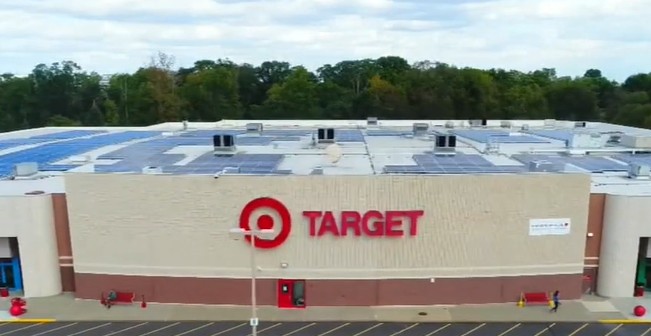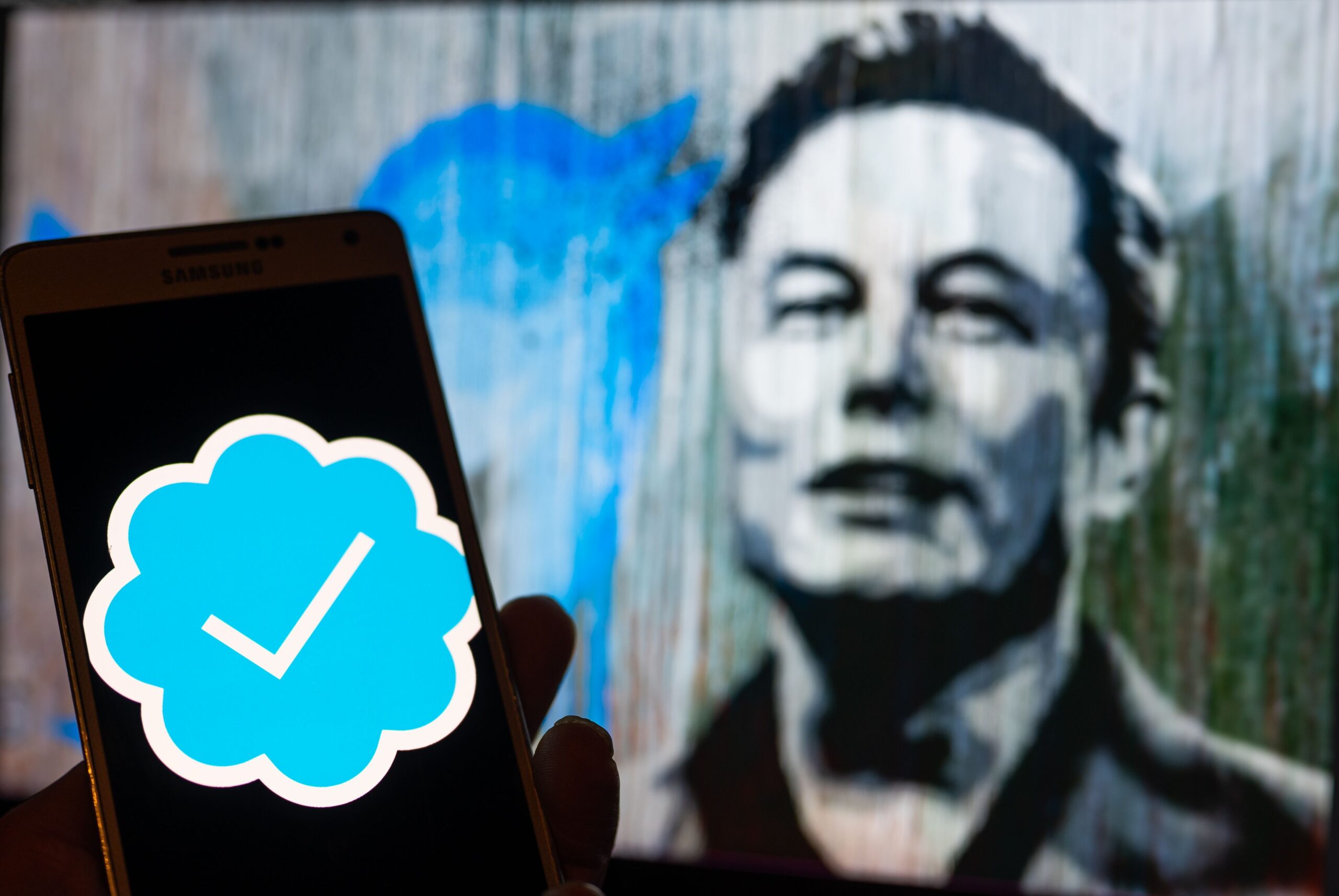Earth Week NYC wasn’t supposed to look this way.
Just a month ago, climate activists were planning a massive in-person rally and a three-day sequence of curated protests in honor of the 50th anniversary of the first Earth Day. Earth Week NYC was meant to recapture the spirit of the first Earth Day celebrations, which took place in 1970 and brought nearly 20 million Americans into the streets, while uplifting the movement’s modern and more intersectional demands.
Instead, most of the climate movement’s energetic young activists—like most of the rest of us should be—are at home in their houses. But that hasn’t stopped them from organizing. Over the past few weeks, a three-day event that was supposed to pull thousands into the streets shifted almost entirely online.
“The Earth Week NYC coalition switched to a fully digital strategy almost overnight once large gatherings were banned in the city,” said Ted Bogin, a member of the youth-led climate organization Sunrise NYC. “We built a website, earthweeknyc.com, that allows anyone to fight for climate justice at home with tools and scripts for calling and emailing our elected representatives, among other ways.”
Events and actions moved to Instagram, Facebook Live, Slack, and Zoom. In-person office visits turned into email blasts and telephone calls. In preparation, climate activists hosted digital community care workshops, drafted emails, and crafted mutual aid resources and teach-ins.
The themes of each day remained in place as planned. Earth Week NYC consisted of three themed days, each dedicated to a different aspect of climate action. The first day’s theme was “Strike,” the second day’s was “Divest,” and the third was “Vote.”
On the first day, Earth Day, young organizers took to social media to post images of themselves holding signs, calling for a Green New Deal, a People’s Bailout, and other climate and social justice actions. Some activists even banded together for a socially distanced banner drop in New York City.
On the second day, activists lobbied with Stop the Money Pipeline, an organization dedicated to ending Wall Street’s support of fossil fuels. Participants were encouraged to make calls to the CEOs of BlackRock, JP Morgan, Chase, and Liberty Mutual, using scripts to request fossil fuel divestment. (One terrifying statistic kept appearing: Wall Street has poured $1.9 trillion into the fossil fuel industry since 2015).
On the third day, which centered around voting, lobbying, and teach-ins, the NYC coalition sent out toolkits full of lesson plans for teachers, asked people to fill out their censuses, and called on everyone to reach out to their representatives and to encourage their friends to vote for climate champions. Championed in part by Fridays for Future, the organization first inspired by Greta Thunberg, Friday’s actions (like the rest of the week’s) focused on the intersections between social justice and climate change and the vital importance of local, indigenous-led, people-powered action.
All of it was supplemented by a flurry of online activities, including a three-day, all-day live broadcast hosted by the Future Coalition. Featuring politicians like Elizabeth Warren and John Kerry, musicians like Jason Mraz, and hundreds of other superstar activists and musicians, the livestream was a rousing marathon, a display of unity in the face of a brutal pandemic and the looming reality of the climate crisis.
Despite activists’ best efforts, the week still suffered from a sense of inevitable disjointedness. But the climate crisis, with all its intersecting forces and causes and consequences, has never been an easy or cohesive thing to fight.
Back in the 1970s, activists were fighting against visible consequences of environmental degradation—rivers in flame, birds falling from the sky—but now we fight against a more invisible but much more insidious monster: rising global temperatures and the inequity that created and continues to perpetuate them.
Still, today’s climate activists are used to shifting strategies on a dime and fighting rampant misinformation as well as apathy and inequality.
“Our demands include a people’s bailout, prioritizing and funding those who have been hit first and worst by COVID-19 and the current recession, including, but not limited to, Black, Latinx, Indigenous, and low-income communities,” reads an op-ed by the Youth Climate Strike Coalition, published last month in Teen Vogue. Additional demands include a Green New Deal that transitions the economy to 100% clean energy by 2030 and the return of stolen Indigenous lands.
Careful not to praise clearing skies or temporarily lowered pollution, the modern climate movement is dedicated to addressing environmental racism and large-scale problems head-on. Gone are the days of recycling and individual guilt. Instead, the modern movement is about collective action in the face of global tragedy.
The climate movement is all about the intersections that tie all things together—the land, the people, the economy, and even the digital world. In a way, perhaps the modern climate movement is uniquely well-suited to online action. “As one of the social media coordinators for the Sunrise NYC hub, I’ve seen our channels swell in importance and reach as people isolated in their homes connect with us digitally,” said Jon Kirsch, an organizer with Sunrise NYC. “It’s been tremendously exciting seeing Earth Week NYC take shape the past few months.” Perhaps the digital world, which thrives on connection, is an ideal vehicle for the modern climate movement.
Regardless, the movement will not be giving up anytime soon. Populist activists have always been up against shadowy, malicious powers, winning seemingly impossible battles and fighting for justice in the short and long term. Now, more than ever, most agree that change is imperative.
“New Yorkers have made their demands for Climate Justice heard, and the fight will continue on (digitally for now) after Earth Week,” said Bluedorn. “Fighting for Climate Justice is more important in this moment than ever, as we fight to reimagine what a more just and equitable world can look like.”
For more information and to get involved with the movement, visit https://www.earthweeknyc.com.
- Climate change? It’s the end of the world, and the rich don’t mind … ›
- How Much Can We Blame Climate Change for Hurricane Michael … ›
- 22 Ways to Become a Climate Activist Without Even Putting on Pants … ›
- Gisele Bündchen, Pharrell Williams, and Celebrities Fighting … ›
- How to Recycle Correctly In New York City – Liberty Project ›





